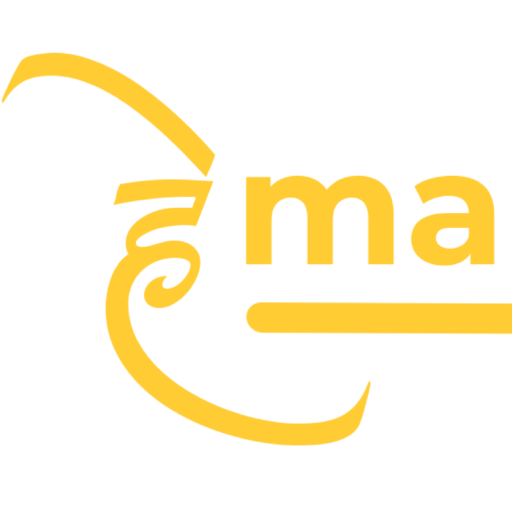PIXELLAB TOP 5 HIDDEN TIPS | PIXELLAB SECRET TIPS & TRICKS
CAR INSURANCE IN INDIA
As per the Motor Vehicles’ Act, it is imperative to insure your car before plying it on roads. Apart from the legal mandate, car insurance also protects the owner-driver against any financial liabilities arising from car accidents, damage to the car, theft of the car, and damage to any third party. Car accidents and damage to the car or third party are matters of grave stress and financial burden to the owner-driver. A comprehensive car insurance plan ensures that the financial liability is taken care of, thus relieving some of the stress.
TYPES OF CAR INSURANCE
The car insurance plans in India are broadly categorized into two types –
Third-Party Car Insurance Policy – This is the minimum legal requirement policy for any car to be plied on Indian roads. Third-Party policy, as the name suggests, covers the financial liabilities arising from the damage to third-party property as well as the death or injury to the third party, caused by the insured car. It is a very basic car insurance policy that covers only third-party liabilities and does not insure the car or the owner-driver against any damages.
Comprehensive Car Insurance Policy – As the name signifies, this policy provides a comprehensive cover to the owner-driver against the majority of damages and liabilities. It offers coverage against the damage to the car due to natural calamities, riots, terrorism, etc.; protects the owner-driver with a Personal Accident Cover of up to Rs. 15 lakhs, while also covering the third-party financial liabilities.
Although third-party car insurance policy may be cheaper than the comprehensive cover, it is imperative that you buy a comprehensive insurance plan for your car for its all-round protection and have secure and protected driving experience.
WHAT FACTORS CONTRIBUTE TO THE COST OF PREMIUM FOR CAR INSURANCE POLICY?
The premium is the amount you pay towards securing your insurance coverage. The premium amount is generally an annual payment; however, some insurers may provide a monthly, quarterly or half-yearly payment method as well.
The amount of premium you pay for your car insurance policy depends on a variety of factors –
Insured Declared Value (IDV) – This is the approximate market value of the Car at the time of purchasing the insurance. A newer car will have higher IDV and will attract a higher premium cost.
Make and Model of the Car – The type of car determines its insurance cost. An expensive SUV will be insured at a higher price than a hatchback. Similarly, diesel cars are costlier, so their IDV will be higher, which in turn will raise their premium costs.
Age of the Car – As the IDV falls with time, older cars will have lower costs of the premium than newer cars.
The region where the car is registered – Cars registered in metropolitan areas and major cities have higher costs of insurance premiums than cars from smaller towns.
Add-ons selected – Add-ons are the additional coverages and facilities provided over and above the base policy at an extra premium. Some of the add-ons that are available with car insurance are Personal Accident cover for owner-driver, cover for a paid driver (if any), engine protection cover, zero depreciation cover, etc. The more add-ons you opt for, the higher will the premium value.
Cubic Capacity of the engine – This is the primary consideration for fixing third-party insurance premiums. The IRDA furnishes the list of third-party premium rates for all types of vehicles on an annual basis based on the engine CC.
